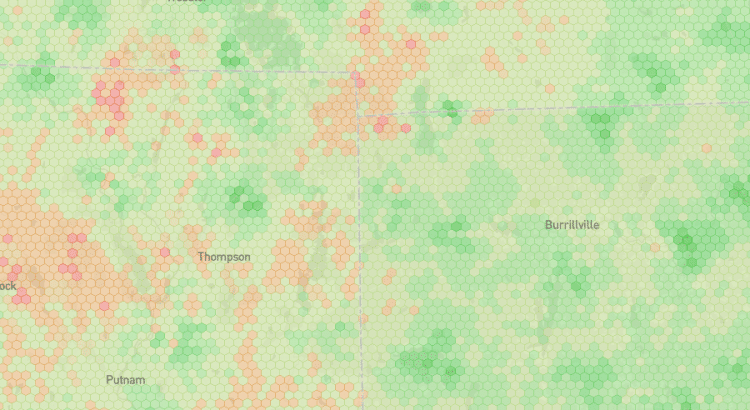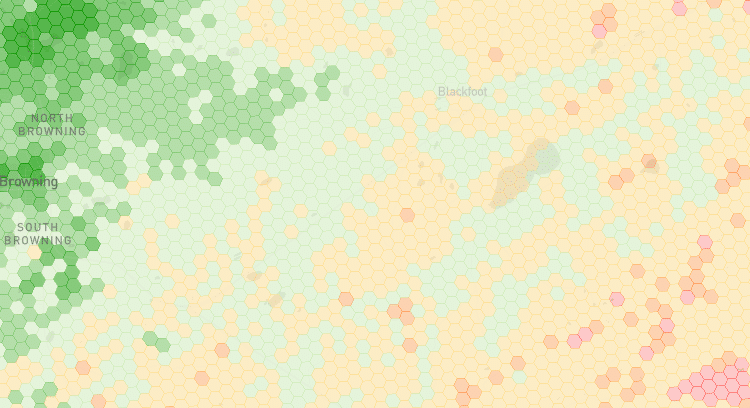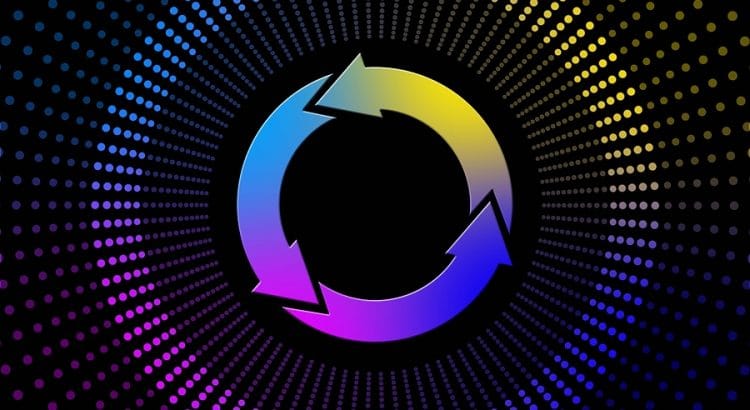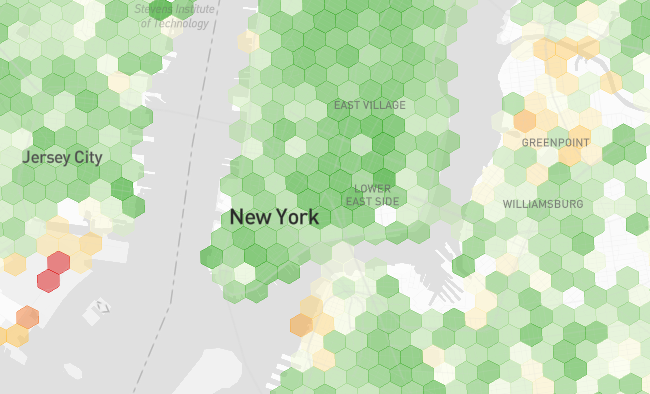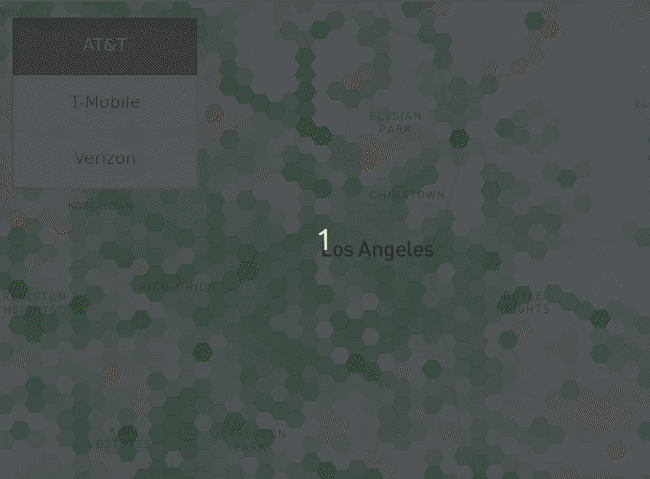Verizon’s flanker brand, Visible, is running a pretty sweet promo through the end of the month.
Visible’s standard unlimited plan is discounted from $25 per month to $20. The premium Visible+ plan is discounted from $45 to $35.
A Two-Year Deal
Even without this month’s discounts, Visible offers some of the best value in the industry. But what I find most notable about the promo is the explicit duration of the discount (emphasis mine):
Carriers often entice people with long-term discounts that are neither guaranteed forever nor given an explicit end date. I get that carriers don’t know what the competitive landscape will look like years down the road, but leaving customers in the dark about how long they’ll receive a discount rubs me the wrong way.
Years ago, T-Mobile tried to buck the trend with a guarantee not to raise prices on certain plans. However, grandfathering customers forever isn’t great for business. In October, T-Mobile flirted with weaseling out of it’s commitment by automatically migrating customers away from grandfathered plans. After some bad press, the company backed down.
I like what Visible is doing. Twenty-four months is a long time. But it’s not such a long time that Visible is likely to look for loopholes to push customers away from the discounts. Perhaps I’m over-optimistic, though. I’ll note another line from the promo’s terms:

